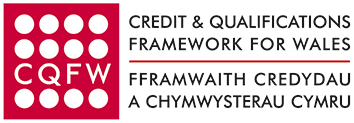| 1. |
Know the principles of healthy eating for children and young people |
|
| 1.1 | Outline the nutritional requirements of a healthy diet for children and young people | | 1.2 | Describe examples of healthy meals and snacks for children and young people | | 1.3 | Describe how culture, religion and health conditions impact on food choices |
|
| 2. |
Know the benefits of healthy eating for children and young people |
|
| 2.1 | Describe the benefits of healthy eating for children and young people | | 2.2 | Describe the possible consequences of an unhealthy diet | | 2.3 | Describe how to recognise and deal with allergenic reactions to food | | 2.4 | Describe where to get advice on dietary concerns |
|
| 3. |
Know how to encourage children and young people to make healthier food choices |
|
| 3.1 | Describe the food policy of the setting | | 3.2 | Describe with examples ways of encouraging children and young people:
a) to make healthier food choices
b) to eat the food provided for them |
|
| 4. |
Be able to support hygiene during meal and snack times |
|
| 4.1 | Explain the importance of personal hygiene at meal and snack times | | 4.2 | Demonstrate good hygiene | | 4.3 | practice in relation to own role in food handling and waste disposal | | 4.4 | Demonstrate ways of encouraging children and young people’s personal hygiene at meal and snack times |
|
| 5. |
Be able to support the code of conduct and policies for meal and snack times |
|
| 5.1 | Describe the setting’s code of conduct and policies for meal and snack times | | 5.2 | Apply skills and techniques for supporting and encouraging children and young people’s positive behaviour in the dining area including table manners | | 5.3 | Apply skills and techniques for dealing with inappropriate behaviour in the dining area |
|
